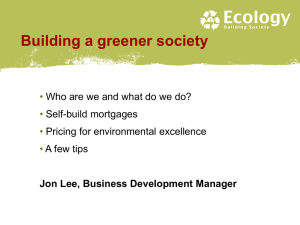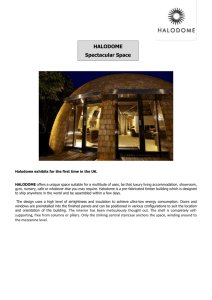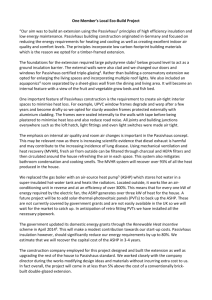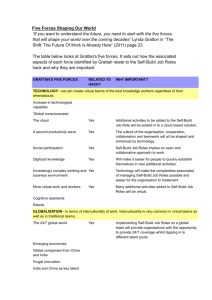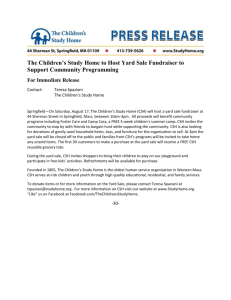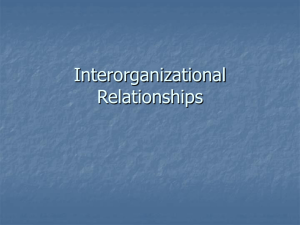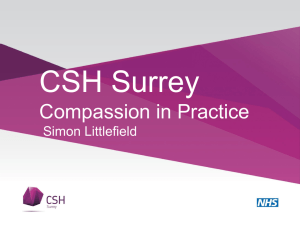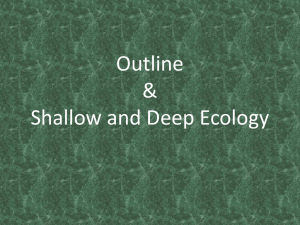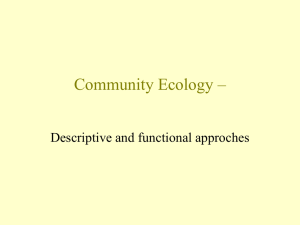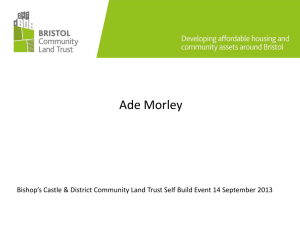session_6_ne_yh_money_ecology_bs
advertisement
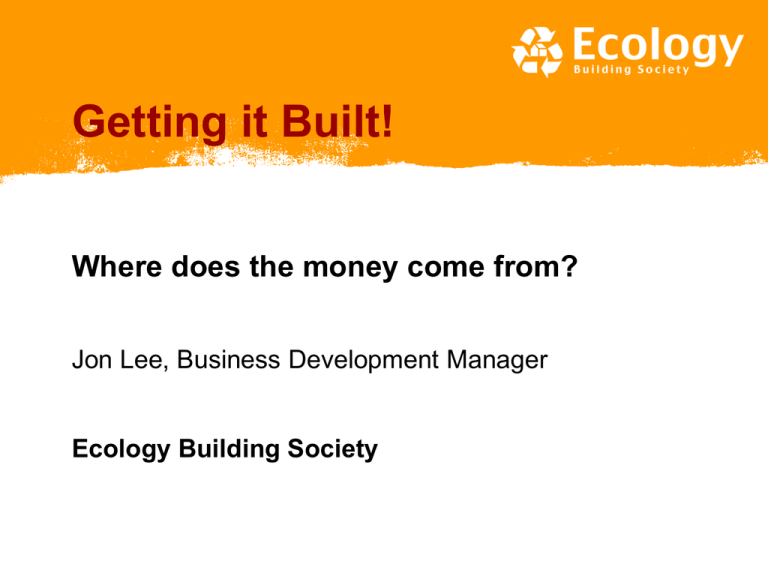
Getting it Built! Where does the money come from? Jon Lee, Business Development Manager Ecology Building Society Ecology view of community-led build • Tackling climate change and the environmental imperative through creation of sustainable housing stock • Alignment of pricing with climate change risk • Ecology BS recognised as kick-starting the market for self-build • Our role has been to act to support self-build pioneers • Self/community-build has been a test-bed for new ideas in a conservative industry • Self/community led approaches tend to quality and enhance security Community led housing mortgages • Ability to lend to groups or individuals towards purchase of land with outline planning consents • Community self-build does not necessarily mean DIY • Stage payments available benchmarked against the increasing value of the plot / site • Discounts for ecological and energy efficient homes on completion for the remainder of the mortgage • “Affinity” mortgage schemes available to members, including bridging facilities where applicable • We consider a range of structures and tenures C-Change Sustainable Homes Level Discount % Standards 1 0.5 EcoHomes Very Good EPC ‘B’ 2 0.75 EcoHomes Excellent EPC ‘A’ AECB Silver (Carbonlite step 1) CSH Code Level 4 3 1.00 CSH Code Level 5 4 1.25 AECB Gold (Carbonlite step 3) CSH Code Level 6 Passivhaus CO2 Emissions 22kg/m2pa 4kg/m2pa Passivhaus Cohousing - Lancaster Community Land Trust Ecology lending model • Individual approach – close dialogue with borrower and other funding partners • Loan to value – up to 80% at any stage of the project, including purchase of land • No set stage payments – drawdown profile is agreed with borrower • No differentiation on rates from our other lending • BUT • Limits to levels development finance linked to our capital • Concentration risk issues on residential units • Timing and availability of grant support is critical A few tips • Know your budget and be realistic about timing • Stress test your assumptions (plot, labour, materials and professionals costs, interest rates, time, cash flow) • Select appropriate designers and contractors • Ask yourselves, do we have all the right skill sets in our management team to make this work? • Design in Passivhaus / air tightness specifications from the start • Consider your rules and terms of leases and S106 agreements. Are they practical and “fundable”? • Talk to a few lenders and RICS approved valuers • Ask if there is a valuation panel policy at lenders A few tips •Check Loan to Value ratios and how draw downs are signed off •Have a robust project cash flow model including contingencies and a realistic timetable •Be aware that project spend and sweat equity does not equate to increases in interim values on the project •Be prepared to lose members when the project becomes “real” •Keep key partners including funders and members fully informed
